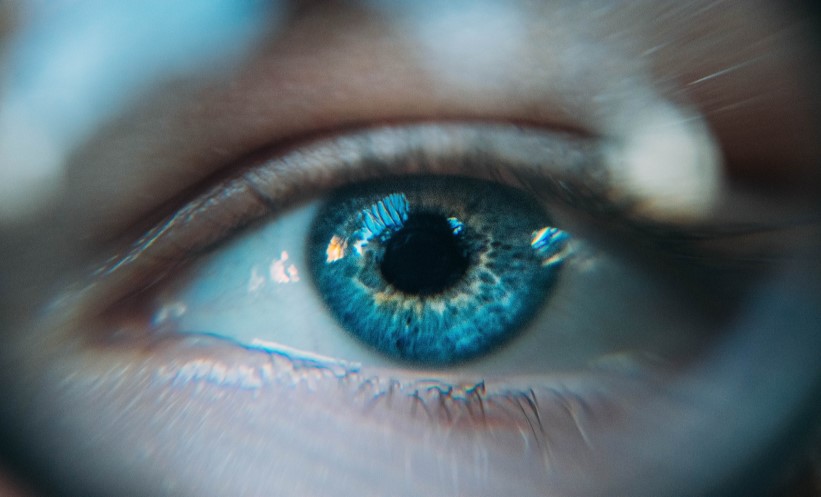AUTOMATED measurement of atrophic lesions in geographic atrophy has been developed through the use of artificial intelligence (AI). The software enables mapping of atrophic lesions and determination of the degeneration of photoreceptors beyond the lesions, and will hopefully aid in the assessment of the effectiveness of new therapies.
Geographic atrophy results from age-related macular degeneration and is one of the most common causes of blindness in industrialised countries; there is currently no effective treatment. Damage to photoreceptors spreads from localised lesions, often slowly, which poses difficulties for assessing the impact of interventions. Photoreceptor damage can cause both blind spots within the field of vision and decreased light sensitivity in the regions surrounding the main lesions.
Researchers at the Eye Clinic of the University Hospital Bonn, Bonn, Germany; Stanford University, Stanford, California, USA; and Moran Eye Center, University of Utah, Salt Lake City, Utah, USA, developed the software. It utilises data from optical coherence tomography to visualise the retina in three-dimensions and allow automated measurement of lesions and assessment of photoreceptor function. Their published study described both the effectiveness of the AI software in mapping lesions and loss of light-sensitivity, but also revealed their findings that progression of disease can be predicted by the integrity of light-sensitive cells beyond the lesions of geographic atrophy.
“The fully automated, precise analysis of the finest, microstructural changes in optical coherence tomography data using AI represents an important step towards personalised medicine for patients with age-related macular degeneration,” highlighted Dr Maximilian Pfau, University of Bonn. The researchers hope that the AI software will be helpful for evaluating existing and new therapies, not only in terms of geographic atrophy but also by assessing the progression of loss of light sensitivity. Prof Frank G. Holz explained: “Preserving the microstructure of the retina outside the main lesions would therefore already be an important achievement, which could be used to verify the effectiveness of future therapeutic approaches.”








